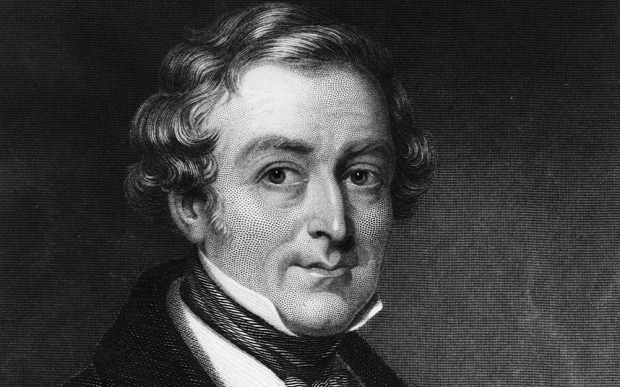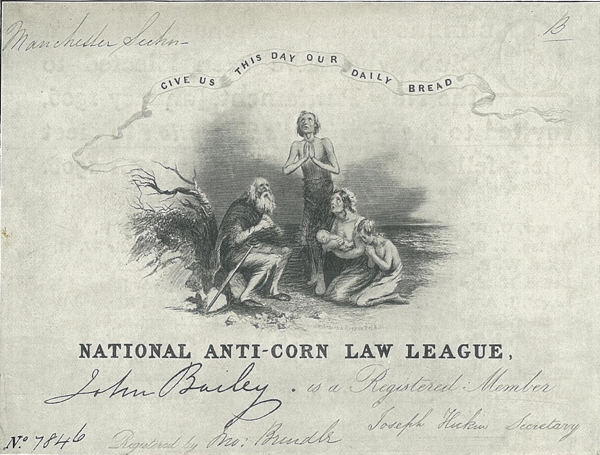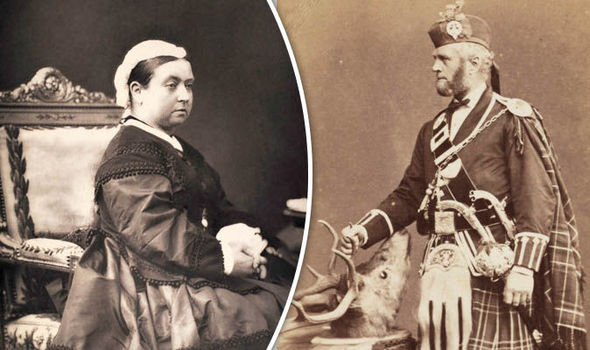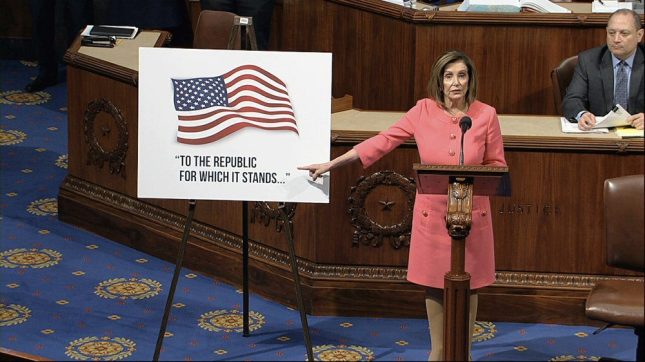
Robert Peel
It all came to an end on 31 January, after a huge split in the Tory party and might never have happened had it not been for Ireland. And, as most you have probably guessed by now I’m not talking about Brexit because we all love our little bit of misdirection on radio and besides Brexit will not be coming to an end anytime soon.
I’m talking about the final resolution of one of the previous apocalyptic convulsions in British politics, the repeal of the Corn Laws. It was also bubbling under for a couple of decades and then took three years of close combat to resolve. While a negotiated Brexit might never have happened without the intervention of Leo Varadkar, the Repeal of the Corn Laws probably owe their passage to a rather more doleful event in Irish history, the Great Famine.
The Corn Laws were, not to put too fine a point on it, a mechanism devised by the British landowning classes—represented by the Conservative party—to preserve their money and privileges. Nowadays this is achieved in Eton, Harrow, Oxford, Cambridge and the City of London. The Corn Laws ensured that imported grain, mostly from the USA, was subjected to tariffs that allowed the aristocracy to continue to obtain ridiculously high prices for their home grown grain. This made bread, the staple diet of the working class, far more expensive than should have been the case in nineteenth century Britain. Had cheaper imported American grain been used in the making of flour, bread would have been more plentiful and less expensive.

As the industrial revolution of the early nineteenth century began to take hold in Britain representatives of the new entrepreneurial class—represented by the Whig party—began to flex their political muscles and resist artificially high corn prices. Change required the repeal of a raft of legislation known, collectively, as the Corn Laws. Opponents of this tariff regime adopted the singularly unimaginative name of the Anti Corn Law League, rather than something flashier like Buy Alien Corn Cheap or BACC for short.

MISTER Richard Cobden
When it comes to figuring out who stood with the ordinary Joe it might help to look at the names of two of those involved on either side of the argument. One of the main protagonists of the Anti Corn Law League was Mister Richard Cobden – the leading light of their opponents, the Central Agricultural Protection Society (or CAPS for short, the aristos were better at branding) was the Duke of Richmond. He may well have been a perfectly lovely man, and he was educated at Trinity College, Dublin, but he was still a Duke. Dukes tended to have a rather different perspective on life, and things like bread, than plain Misters or Mistresses. Dukes, for example, could afford cake.
So where did Ireland come into all of this?
Well, with the Conservatives in power in the 1840s, under Robert Peel – dubbed Orange Peel by Daniel O’Connell on account of his unionism – there wasn’t a locust’s chance in a desert of the Corn Laws being repealed. Until the potato blight in 1845 led to changed priorities for Prime Minister Peel. Faced with famine in Ireland he recommended that the Corn Laws be swept away and cheap grain be imported from America to feed the starving Irish. Just in case the House of Commons said ‘No’ he went ahead and bought some anyway on the quiet.
Ranged against him was a sizeable proportion of his own party. Peel persisted and, with the help of the opposition Whigs, forced through legislation which would lead to the final elimination of the Corn Laws one hundred and seventy one years ago today. One wonders did Theresa May ever think about Robert Peel, and the assistance he received from the main opposition party in the House of Commons in the passage of his controversial legislation.
There then followed an election campaign contested against the background of the slogan ‘Let’s get the Corn Laws done’ – actually that’s a bit of a porkie. It didn’t happen like that at all. Abandoned by a majority of the members of his party Peel was booted out of office and was replaced by a Whig administration that managed to make about as big a mess of the Irish famine as it was possible to do without actually hanging half the population. The supporters of Peel, one of whom was a young Tory MP by the name of William Gladstone, joined forces with the Whigs to form the Liberal party in 1859.
Interestingly, when the Tories came back to power under Benjamin Disraeli they did not restore the Corn Laws. The Prime Minister proclaimed that the matter was settled and that it was now time to move on, so, no second referendum, as it were.
If you think that Brexit was the first major convulsion of the Tory party since its foundation, then you’ve probably never heard of the massive split provoked by the Corn Laws. That’s fake history.

Tory ERG members seeking a fair deal on trade with the EU from Michel Barnier and Phil Hogan. I think.







You must be logged in to post a comment.